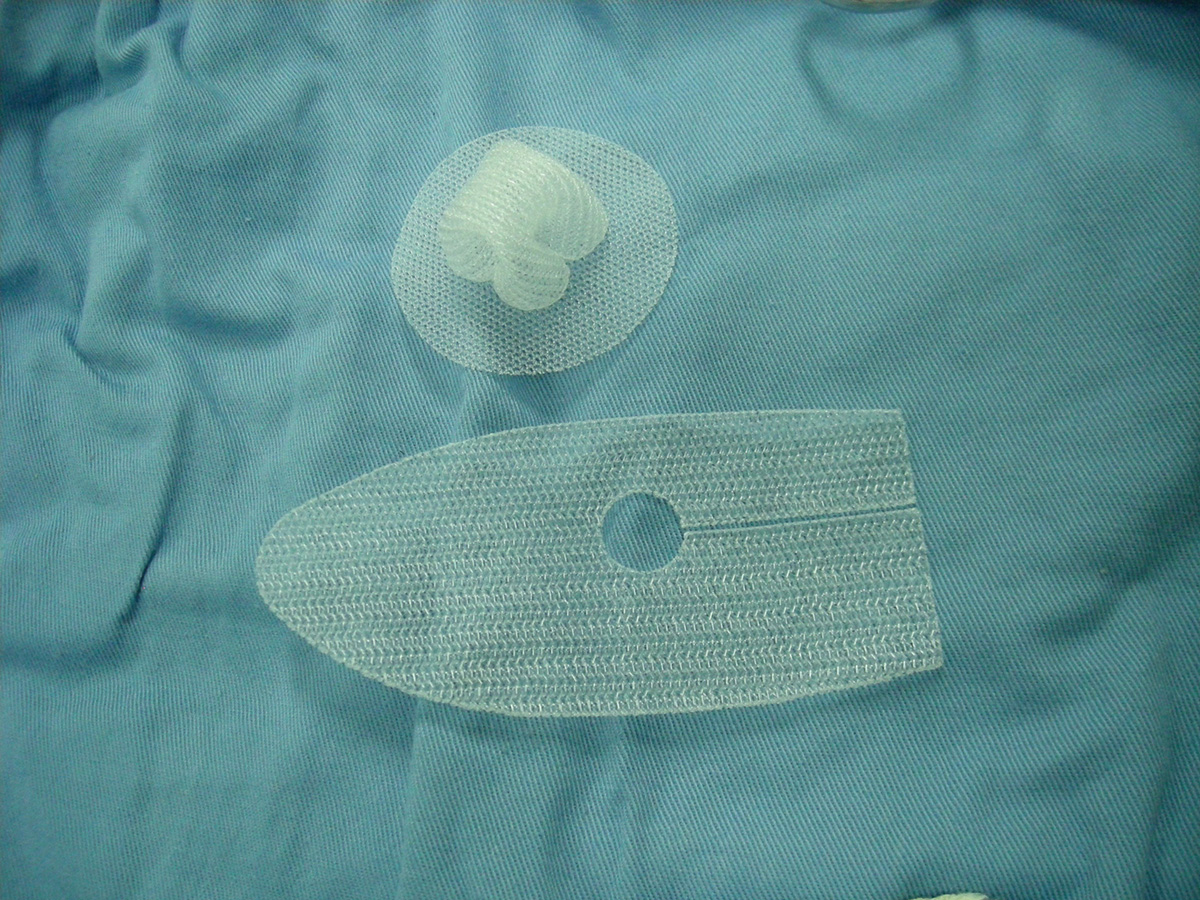
This text will focus on the hiatal hernia repair, the surgery and possible complications associated with this surgery. The diaphragm or the stomach breathing muscle is the focus of this surgery during which it is corrected. The problem of hiatal hernia is something that mostly troubles people over 50 years of age, but it can also target children who are usually born with this hernia due to congenital factors. In the following text, we will first see what hiatal hernia is. This is a problem associated with an abnormality of the human anatomy and the protruding stomach, which protrudes through the diaphragm to the chest. The thin muscle called diaphragm is a connection between the chest and the abdominal cavity. It has a tiny opening placed under the lungs. The esophagus can go to the abdomen trough the chest due to this opening. But, the problem occurs if this opening is bigger than it should be and this causes the portion of the stomach to enter the opening. This can lead to gastroesophageal reflux, which occurs once the gastric acid enters the esophagus. This can even cause esophageal cancer if it is persistent and stays for several years. It can also lead to volvulus, which is a problem that needs treatment and it is associated with twisted intestines. The chest can be filled with back flow of contents if the repair of the hernia is nor conducted. Laparoscopy and open hiatal hernia repair surgery and two types of surgeries that can repair the hiatal hernia.
Open Hiatal Hernia Repair
For this surgery, general anesthesia must be used. On the abdomen, a small incision will have to be made and this will allow the surgeon to tighten the hiatus by placing the esophagus back in the original location. Further moving of the esophagus can be prevented by wrapping of the fundus, which is a upper area of the stomach, around the esophagus. Also, in order to keep the esophagus in place and to decrease the heartburn, a tube that goes from the stomach to the abdominal wall can be placed.
Laparoscopy
For this surgery, an instrument called laparoscope is used. This is a very small and hollow tube, which has a camera on the top. For this surgery, also called key hole surgery, incision is also made but this one is a much smaller than the one made for the open type of hernia repair surgery. Laparoscope is inserted thought the incision. This procedure is very effective and it causes less scarring, complications and pain than the open type surgery.
Problems such as heart problems, reaction to the use of medications, problems with breathing and problems with anesthesia may occur. Risks also include vomiting difficulties, burping difficulties, reoccurrence of the hernia, and swallowing troubles. Be sure to follow the diet given by your surgeon and remove gassy foods from the nutrition.





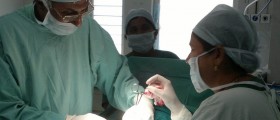
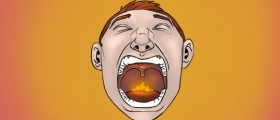

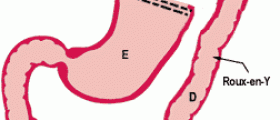

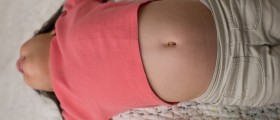

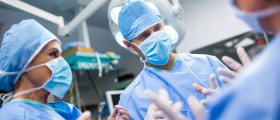


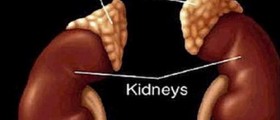

Your thoughts on this
Loading...